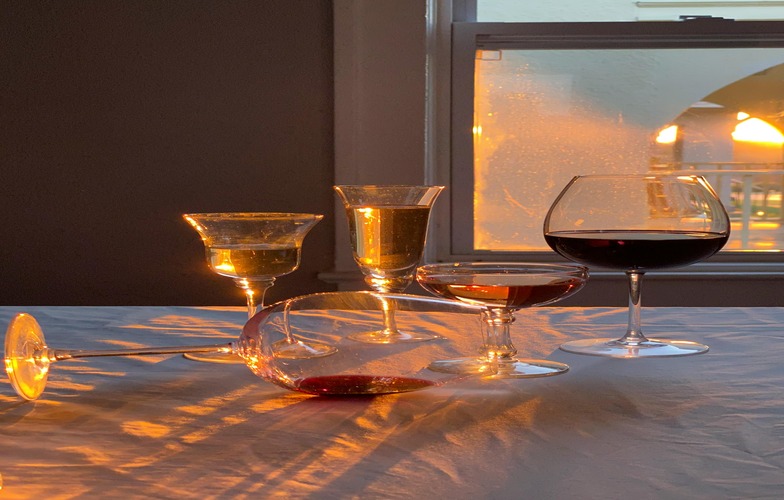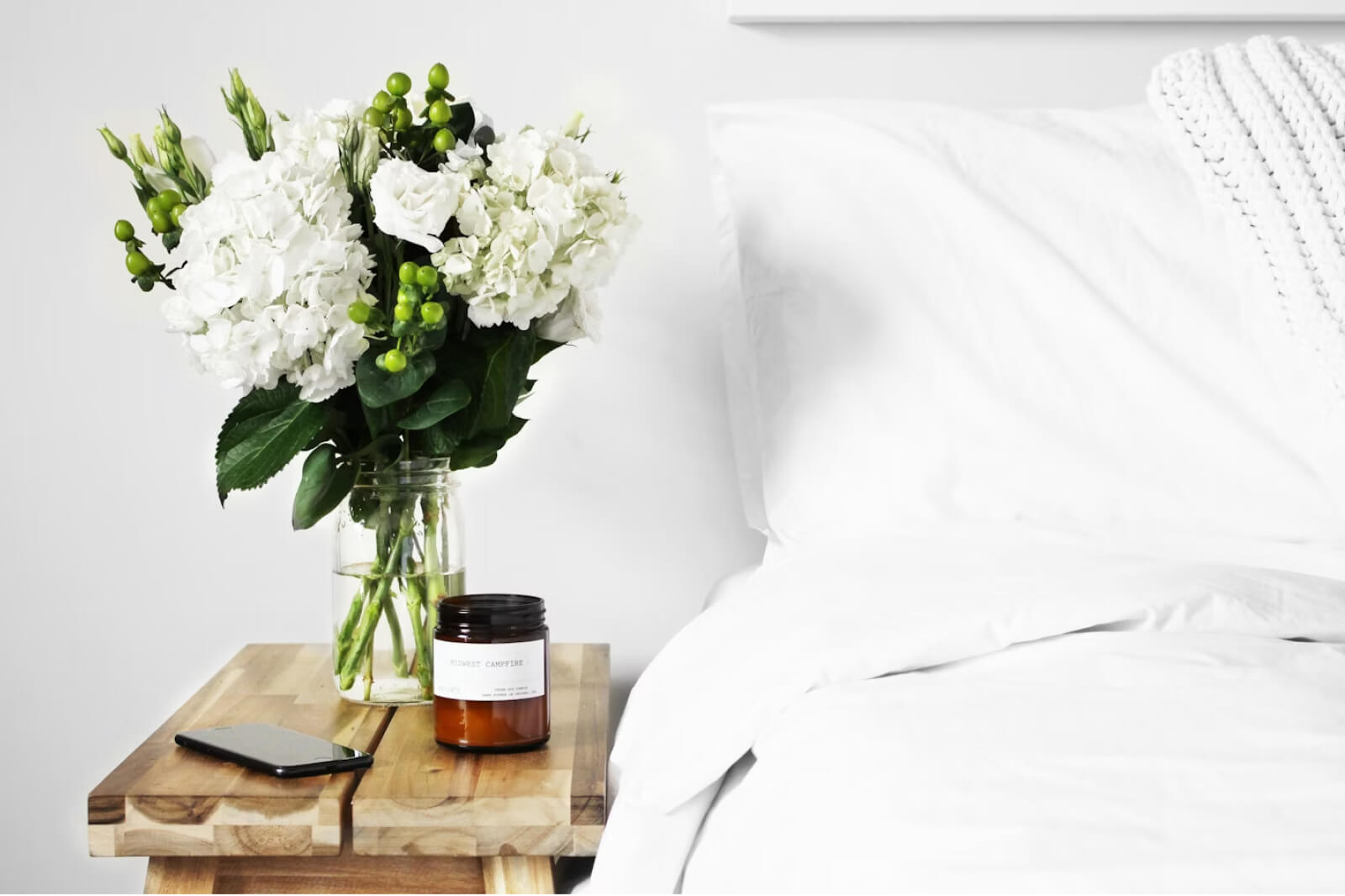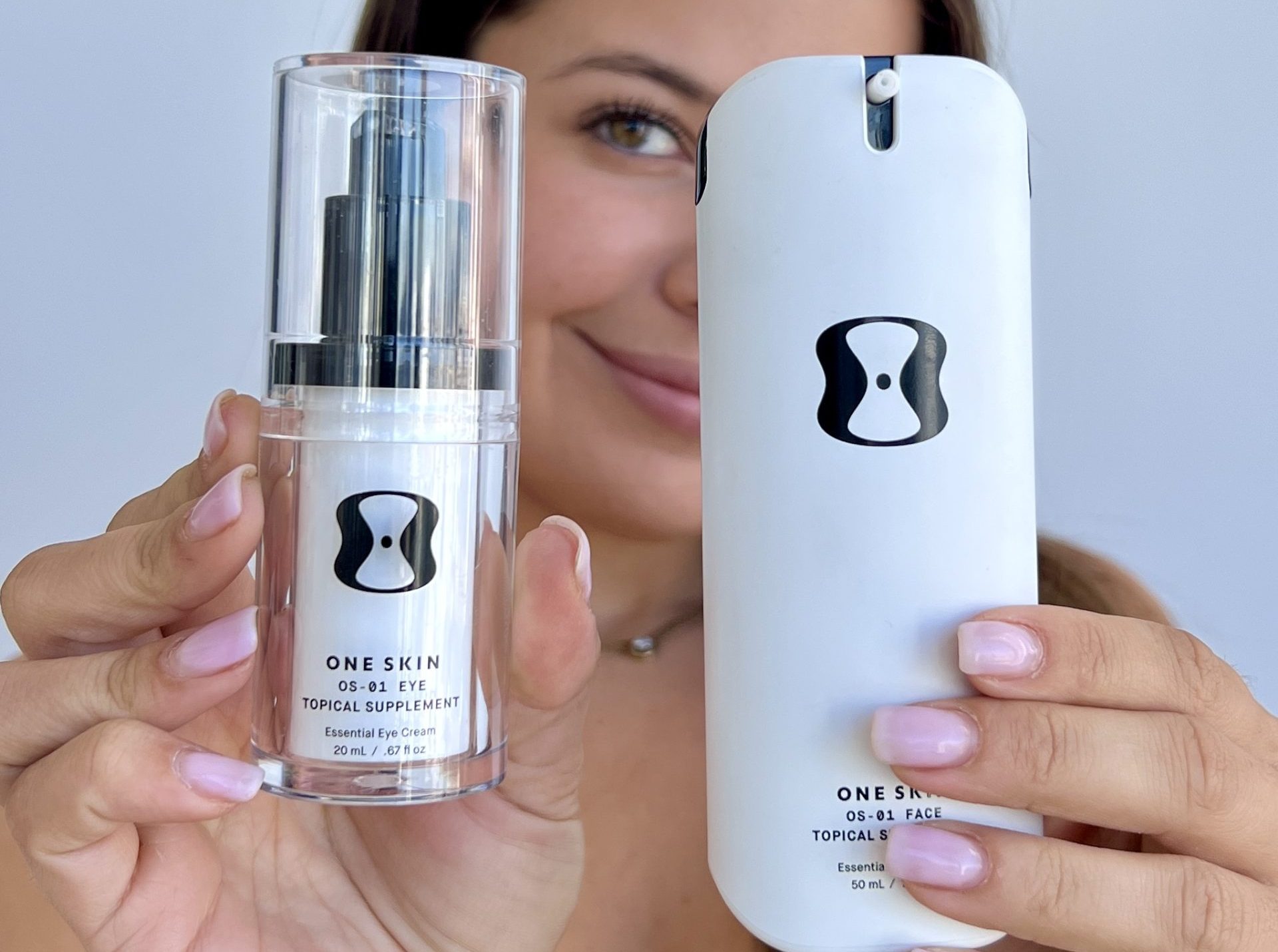If you’re anything like me, you’ve spent a lot of time staring at rows of wine in liquor stores, trying to find one that looks pretty, seems reasonably cheap, and possibly also tastes good.
Though I enjoy a glass of wine now and then, the world of wine has always seemed like an unfathomable mystery to me. Perhaps, though, it’s time that us ordinary people take a minute to actually learn a bit about the refined and infinitely complex art of wine consumption.
Of course, if you’re ready to embark on more ambitious endeavors, you could attend a wine tasting—or, more safely during COVID-19, try a wine service like Tasting Room’s, which allows you to order different wine samples to try.
The next time you’re completely overwhelmed, staring at an endless wall of wines with no clue about what you’re doing, here are some basic jumping-off points. This is by no means an exhaustive list, but rather a brief introduction into some of the most basic things you should know about wine.
First off, the most important thing to know when picking a wine is the context in which you’ll be enjoying your selection. If you’re going to be having wine with dinner or any sort of food, that will inevitably influence the kind of wine you should pick.
Even if you’re not going to have your wine with dinner, it’s still important to think about where you’ll be drinking said wine. Is it for a romantic date or a casual movie night with friends? For a wedding or for drinking away the pain during a presidential debate? If you go in knowing what kind of event you’re going to, it will be much easier to select a wine.
If you’re up for it, definitely begin by asking an employee for help. Tell them what you’re looking for—particularly if you’re in a wine shop, staff will be able to help you find the right wine for every occasion and even every mood.
But what if you’re too scared to ask anyone for help and you’re left staring at that wall of wines in panic? Well, here are some basic facts for the uninitiated. Sommelier Andrea Immer tells us that 80% of wines are made of one of these four types of grapes: Sauvignon Blanc, Chardonnay, Cabernet Sauvignon, and Merlot. Cabernet Sauvignon grapes produce robust red wine, whereas Merlots are red wines that are slightly sweeter and fruitier.
Chardonnay wines are white wines that are generally richer and stronger than Sauvignon Blancs, which tend to be slightly more acidic. Of course, each of these categories contains infinite varieties that depend on age, process, and even the kind of wood that comprises the barrels in which the wines are kept. But having a basic knowledge of the Big Four is a place to start.
Other famous red wines include Pinot Noir (fresh and fruity), Pinotage (earthy and brambly), and other famous whites include Pinot Grigio (zesty and refreshing), Moscato (light and sweet) and Riesling (acidic and flowery). Some wines are named for the areas they’re originally from. Zinfandels often come from California, whereas Shiraz was made famous from Australia, and Malbec in Argentina.
Sommelier Madeline Puckette tells us that there are nine basic types of wines: sparkling, light white wine, full-bodied white wine, aromatic (sweet) white wine, rosé, light red wine, medium red wine, full-bodied red wine, and dessert wine.

In general, wines are described based on their levels of sweetness, acidity, tannin (the bitter, weighty, fermented product of grape skins sitting in grape juice for long periods of time), and body (or perceived heaviness or weightiness).
Many wine experts recommend that you go in with a baseline estimate about what you want to spend. A higher-cost wine is not necessarily going to taste better, though there is a significant difference between wines on the extreme ends of the price tags. Going in with an idea of what you want to spend is an easy way to narrow down your choices. In general, a solid wine might cost $10-15, though cost is relatively arbitrary.
All this is only scratching the surface of the endless world that is wine, but fortunately, you don’t have to go in totally clueless, even if this all seems overwhelming.
Once you pick a wine, make sure to take note of whether or not you enjoy it—and if you do enjoy it, think about what you liked about it, and try to find similar wines the next time you pick one. Soon enough, you’ll be requesting an oaky and soft red with a fruity bouquet.


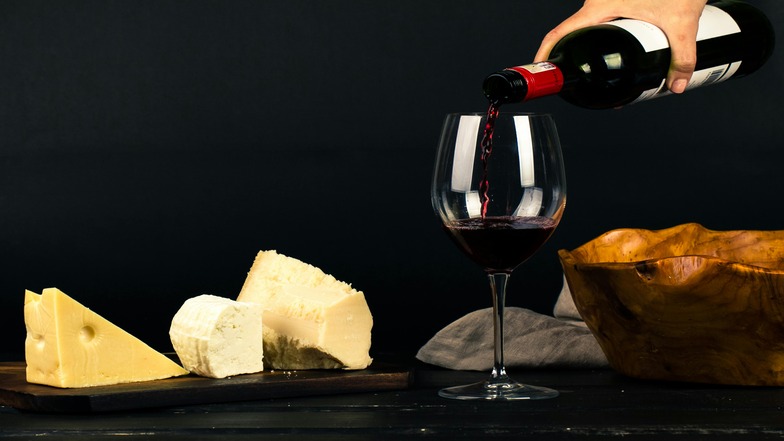 Wine
Wine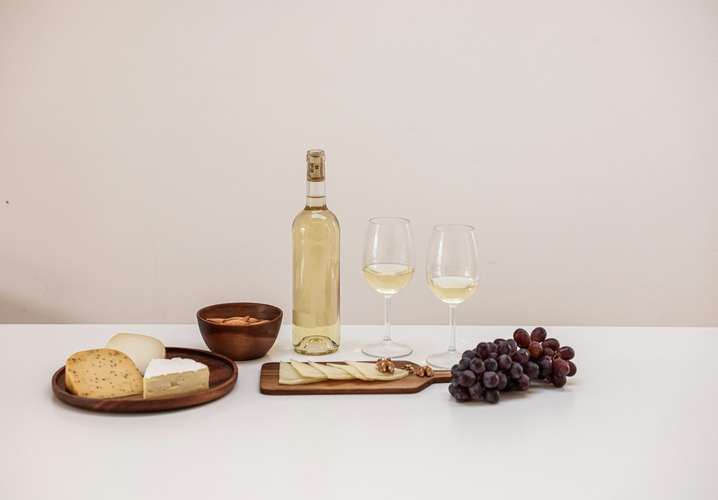 Wine
Wine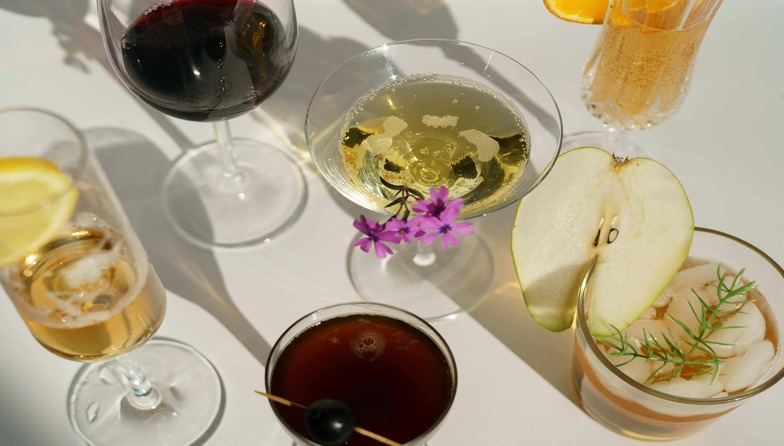 Wine
Wine
